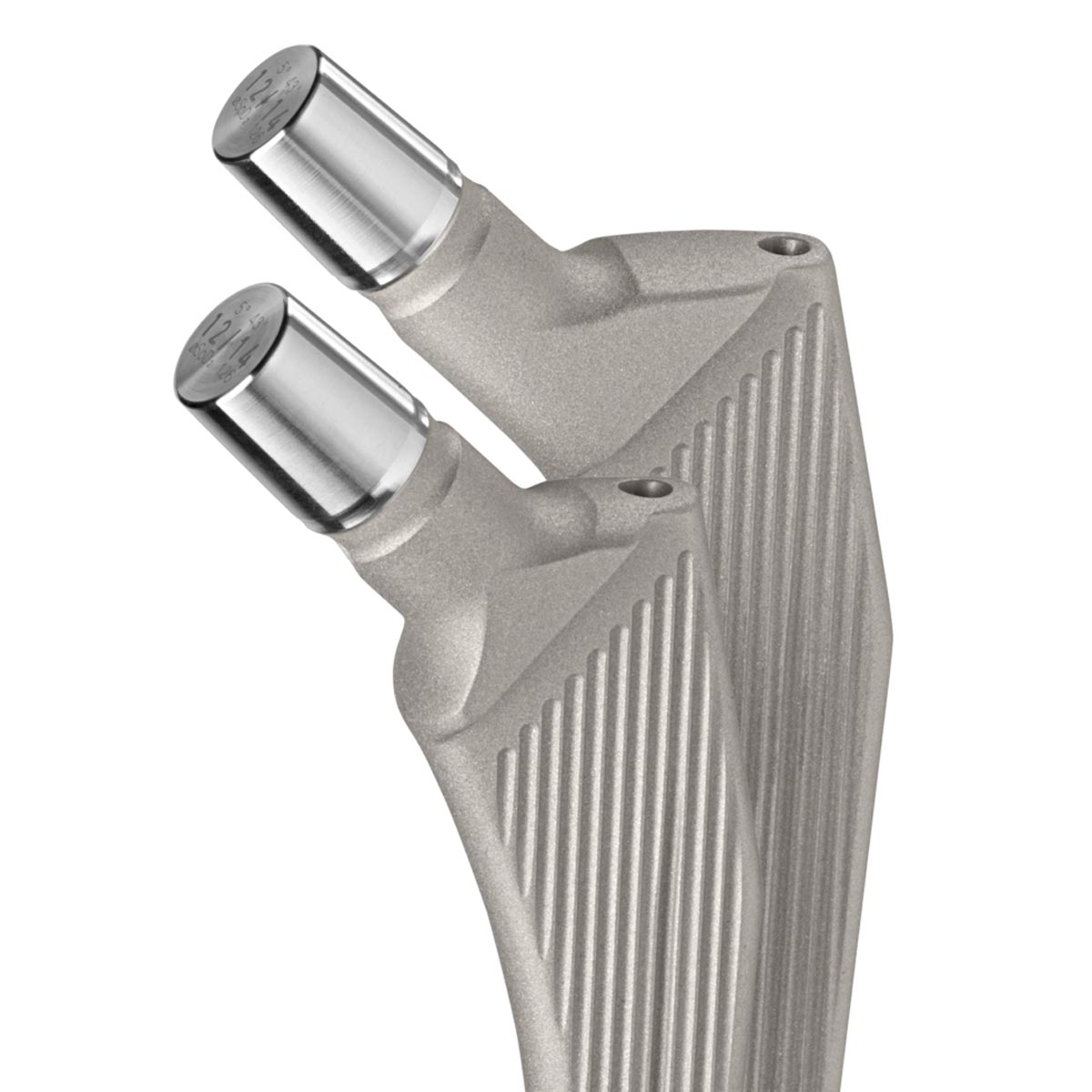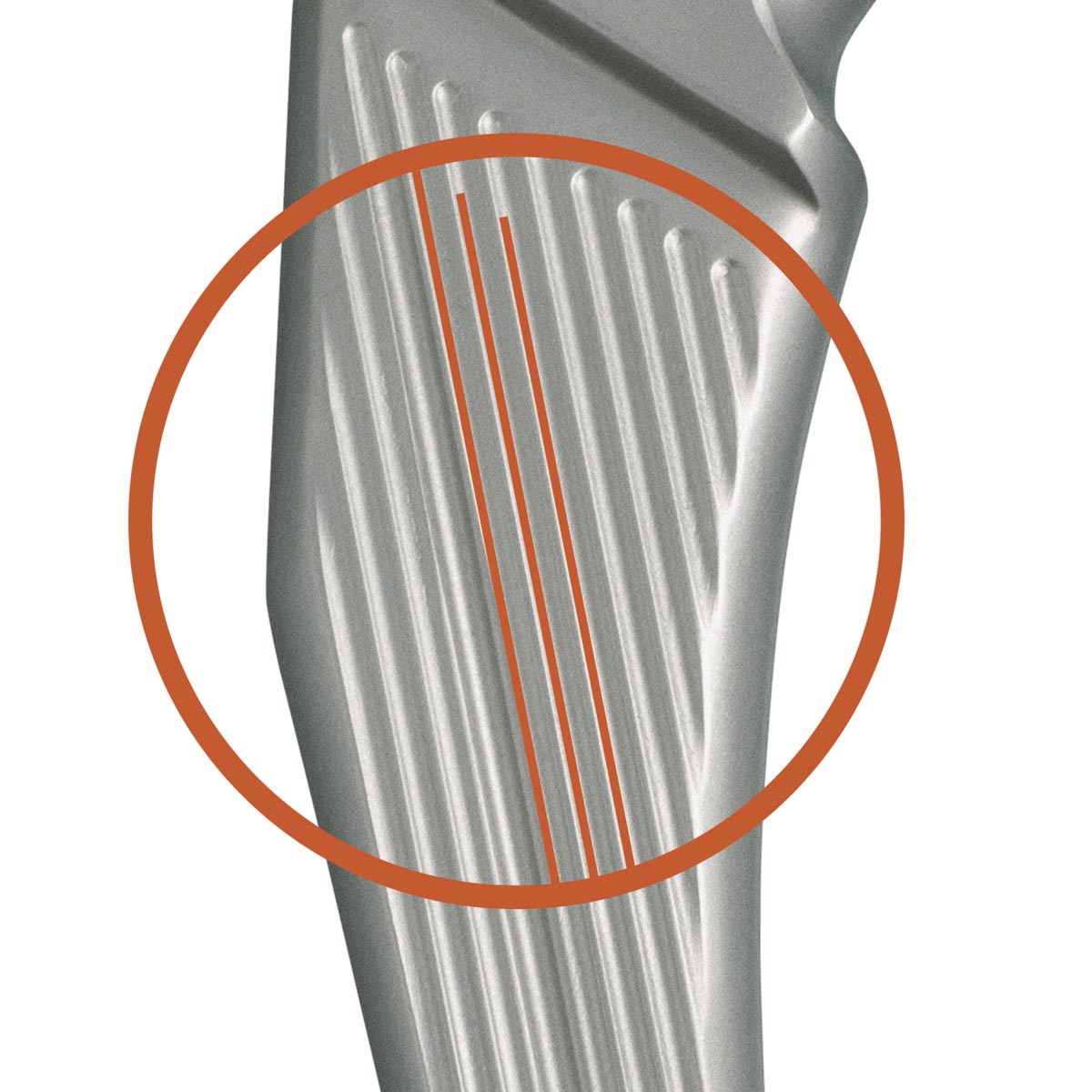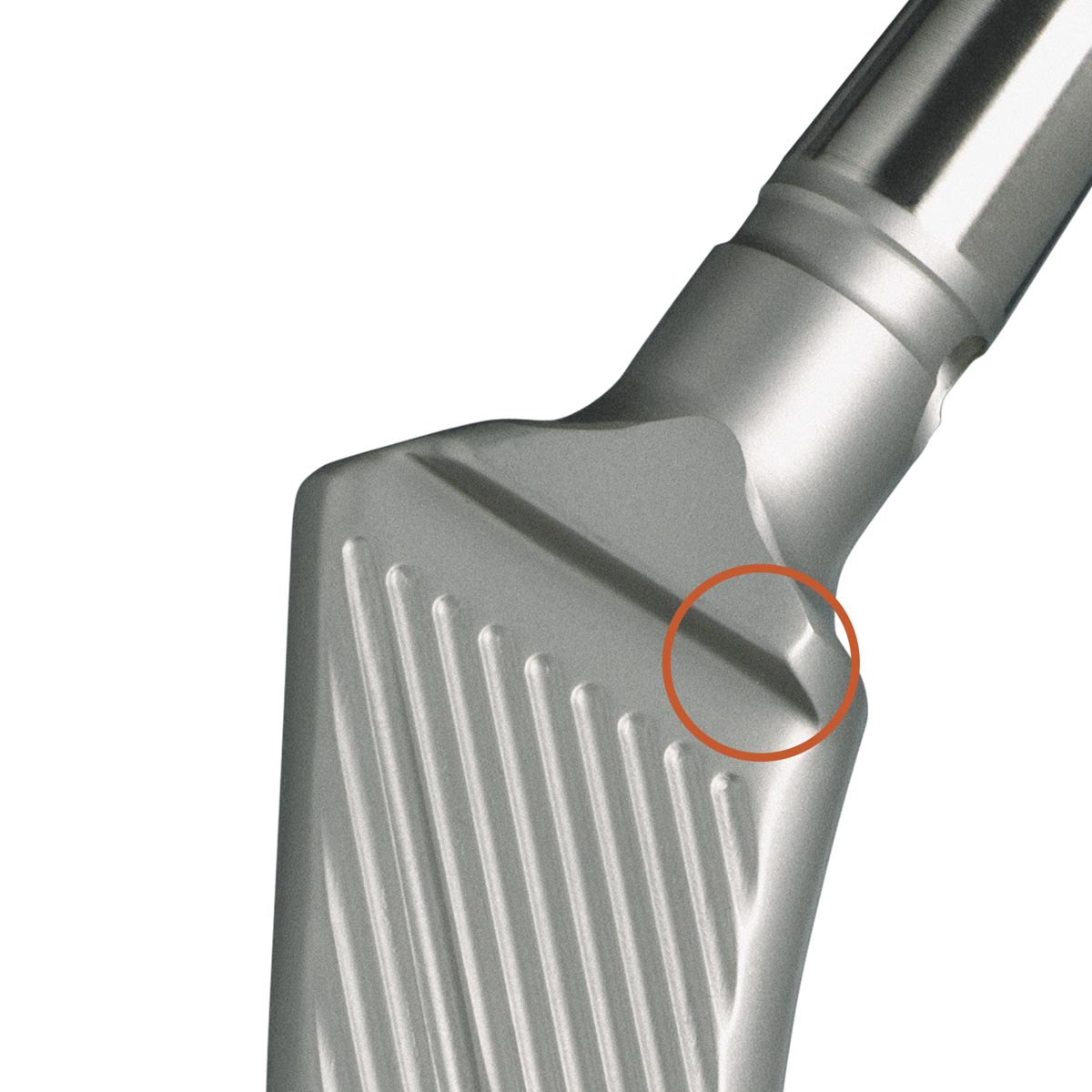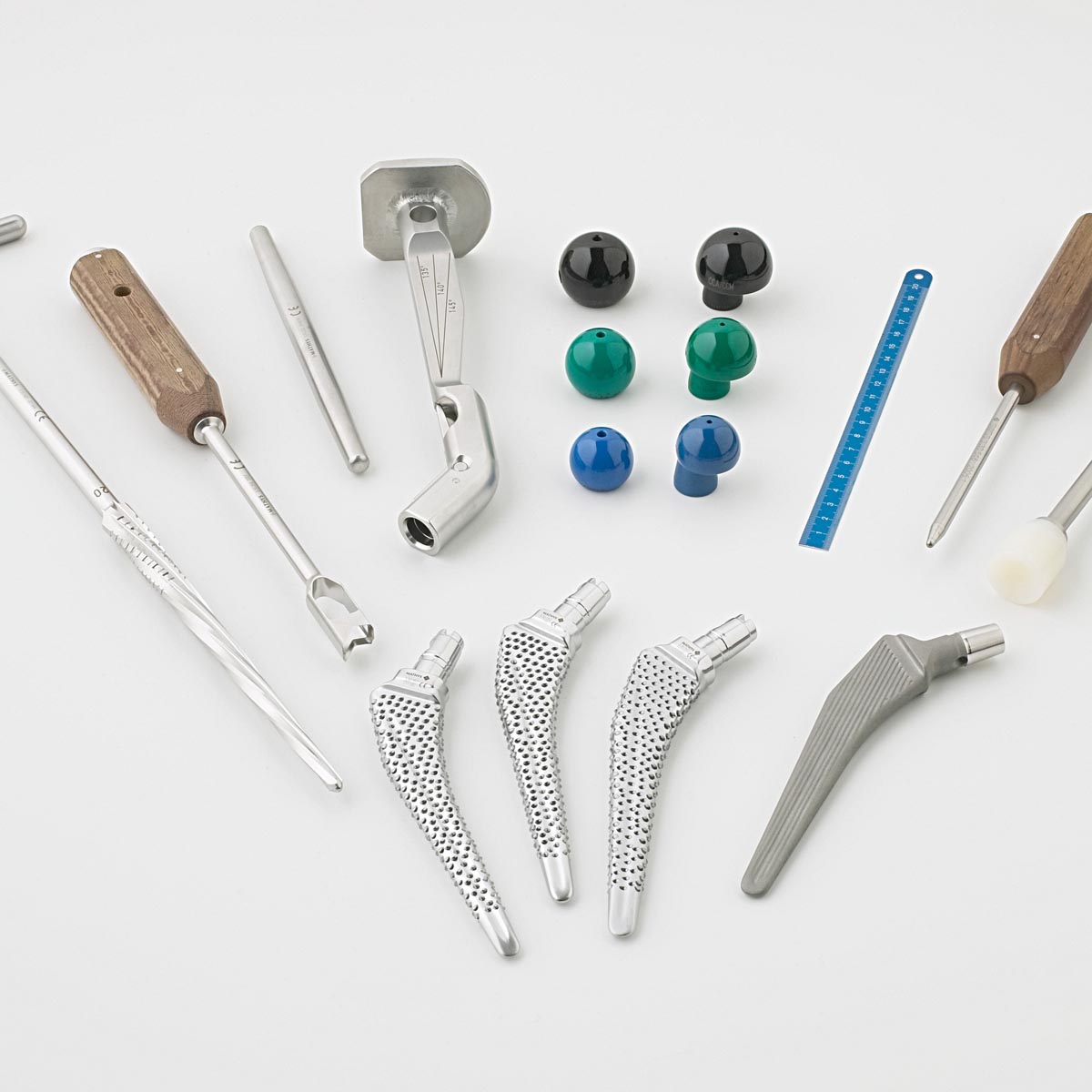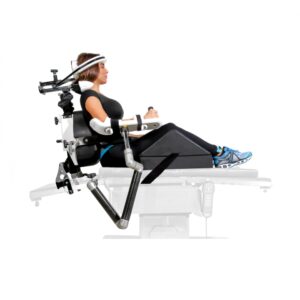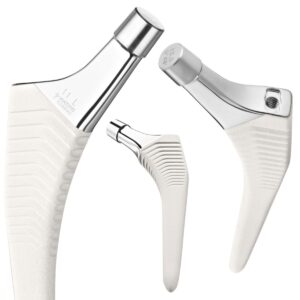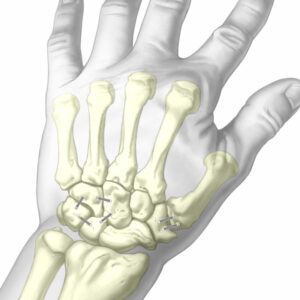CCA
MATHYS
CCA
Cemented Müller straight stem
The cooperation with Prof. M. E. Müller and Robert Mathys Senior led to the development of one of the most successful implants of the past 40 years – the Müller straight stem. Even today, it is among the most widely used stem concepts and, as the CCA stem, it is a key portfolio component at Mathys.
The design of the CCA stem according to the Müller philosophy is a self-centring wedge (AP), allowing the implant to independently centre and lock in the femur. This can reduce the risk of the stem being implanted in a varus or valgus position.1
Additional anchoring is achieved by the cement mantle being equally divided ventrally and dorsally due to its flat stem cross-section. The rib structure supports the rotation stability of the implant.2
The Müller straight stem is still important today in the field of hip replacements due to its good to excellent clinically proven medium and long-term results.1,3,4,5,6 Registry data7,8 of the CCA stem and clinical data9 demonstrate the reliability of this concept in practice.
Enquire
For further information, questions regarding this product, or to discuss alternative solutions, please get in touch with your local Sales Specialist or our Head Office using the form or the contact details at the bottom of the page.
Stay in touch
NEWSLETTER
Sign up to receive email updates on new product announcements, insights on surgical techniques from surgeons, specialists, and sales representatives and industry trends, such as changes in regulations and new research findings.
